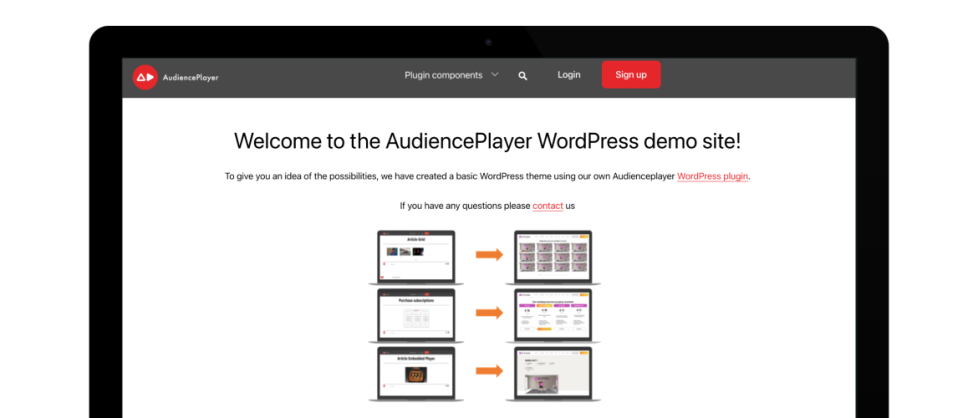Streaming videos is very popular nowadays and will only increase in the coming years. Since the advent of online video services such as Netflix and Disney Plus, almost everyone is familiar with streaming videos. Yet a few people know how streaming works. In this blog we discuss the most important streaming protocols.
HLS, MSS and MPEG-DASH are formed “adaptive bitrate streaming” protocols. It is realized that the quality of the video stream (the bitrate) is adjusted in real time based on the quality of your internet connection and your device. A computer with a fast internet connection usually gets a high-quality HD video stream. A smartphone with poor 3G coverage gets a low-quality video stream. But as the qualified improves, the video quality also increases.
Streaming videos with HLS
HLS stands for HTTP Live Streaming. This protocol was developed by Apple and is used throughout its ecosystem: iPhones, iPads, MacBooks, etc. In addition, the protocol is supported by a variety of other devices. When targeting Apple devices HLS is an absolute “must-have” in your proposition.
Streaming videos with MMS
MSS stands for Microsoft Smooth Streaming. This protocol was developed by Microsoft as an extension on its IIS Media Services. The protocol is used throughout the Microsoft ecosystem: Xbox, Windows and its Internet Explorer and Edge browsers. Additionally the protocol is widely supported by most set-top boxes (STB’s) and Smart TV’s. Especially when targeting set-top boxes or (older) Smart TV’s, this protocol is a “must-have” in your proposition.
Streaming videos with MPEG-DASH
DASH or MPEG-DASH stands for Dynamic Adaptive Streaming via HTTP. This protocol was co-developed by multiple parties under the working group “MPEG” in an effort to create a standardised protocol. The protocol has been adopted by a variety of ecosystems such as Android, STB’s and Smart TV’s, and by major platforms such as Youtube and Netflix. When targeting Android, this protocol is an absolute “must-have” in your proposition, for Smart TV’s applicability varies.
In conclusion: Ideally, you offer all three protocols so you can target an optimal range of platforms and devices! On top of these streaming protocols, you might consider implementing a layer of security by offering Digital Rights Management (DRM) as well.
Don’t hesitate to contact us if you have any questions or would like to know more about streaming.





